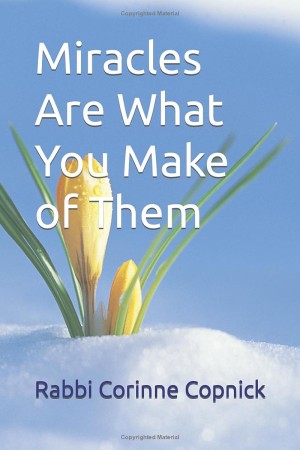Until recently, the Babylonian Talmud was the Talmud of choice for study. While small numbers of scholars were knowledgeable of the “other” Talmud, generally known as the Yerushalmi, or Jerusalem Talmud, it was the Babylonian Talmud that has been most often quoted and relied upon, and the Babylonian Talmud that was primarily made available in English translation. Rabbi Dr. Abrams suggests that Jewish practice and Jewish life might look rather different had the Yerushalmi text become the primary Talmudic text. In an entertaining approach, she uses not only her Talmudic knowledge, but a vast knowledge of film to draw metaphors for how to understand the Yerushalmi’s approach to Judaism. Using examples from ritual law, holidays, and more, she shows where the differences between the two Talmudic approaches lie and challenges us to look at Judaism through a Talmudic lens that, in her view, allows for greater flexibility and a wider range of choices. Bibliography, notes.

Nonfiction
The Other Talmud: The Yerushalmi
- Review
By
– April 30, 2012
Rabbi Arnold D. Samlan is a Jewish educator and rabbi living in Miami, Florida. He serves as executive director of the Orloff Central Agency for Jewish Education of Broward County.
Discussion Questions

Jewish literature inspires, enriches, and educates the community.
Help support the Jewish Book Council.



